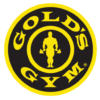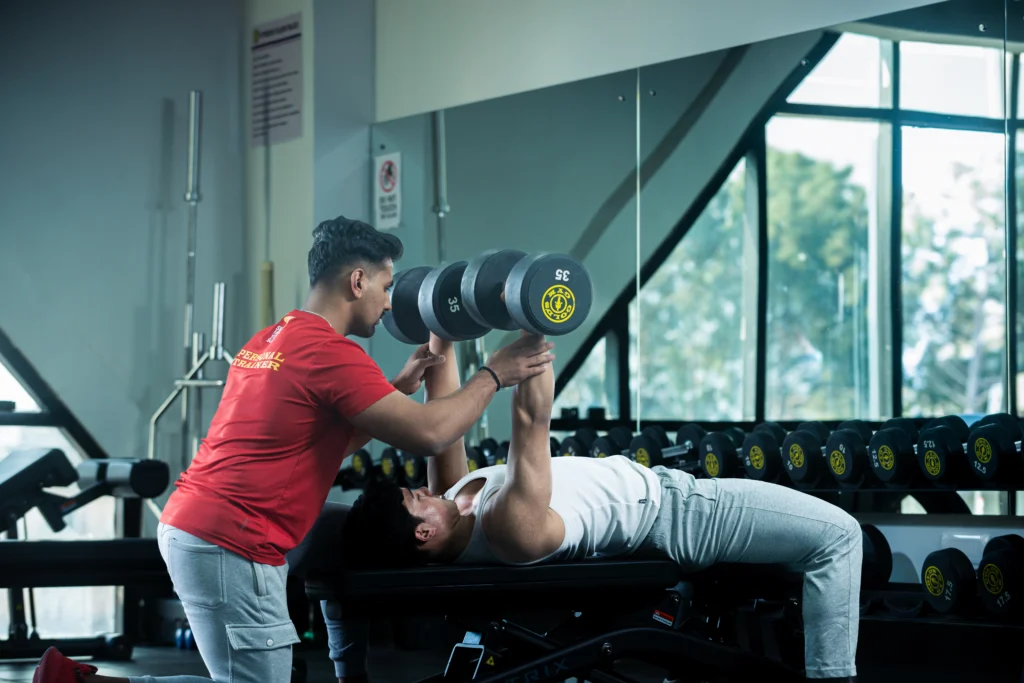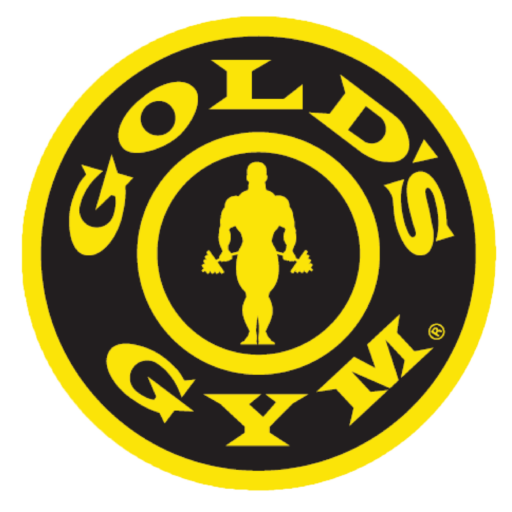When you think of full-body strength, the arms and shoulders often come to mind first. These muscle groups play a crucial role in almost every movement we make, from lifting heavy objects to simply reaching for something on the top shelf. Arm and shoulder exercises are not just about aesthetics; they’re about improving overall functionality, flexibility, and strength for everyday tasks. Whether you’re aiming to get stronger, build muscle, or just stay fit, focusing on these areas can bring numerous benefits to your fitness journey.
In this article, we will explore the importance of arm and shoulder exercises and provide practical tips for enhancing strength, mobility, and muscle tone.
Why Arm and Shoulder Exercises Important?
Strong arms and shoulders are key components of overall fitness. Not only do well-developed arms and shoulders contribute to a more sculpted physique, but they also help improve posture, alleviate back pain, and boost athletic performance.
Boosting Strength and Endurance
Regular arm and shoulder workouts increase muscle strength, allowing you to carry out everyday activities with ease. Whether it’s lifting groceries or playing sports, stronger arms improve performance and reduce the risk of fatigue.
Preventing Injury and Enhancing Mobility
Strong arms and shoulders act as a protective shield for your joints, reducing the risk of injuries such as strains, sprains, and rotator cuff issues. Plus, improved shoulder mobility can significantly increase your range of motion and prevent stiffness.
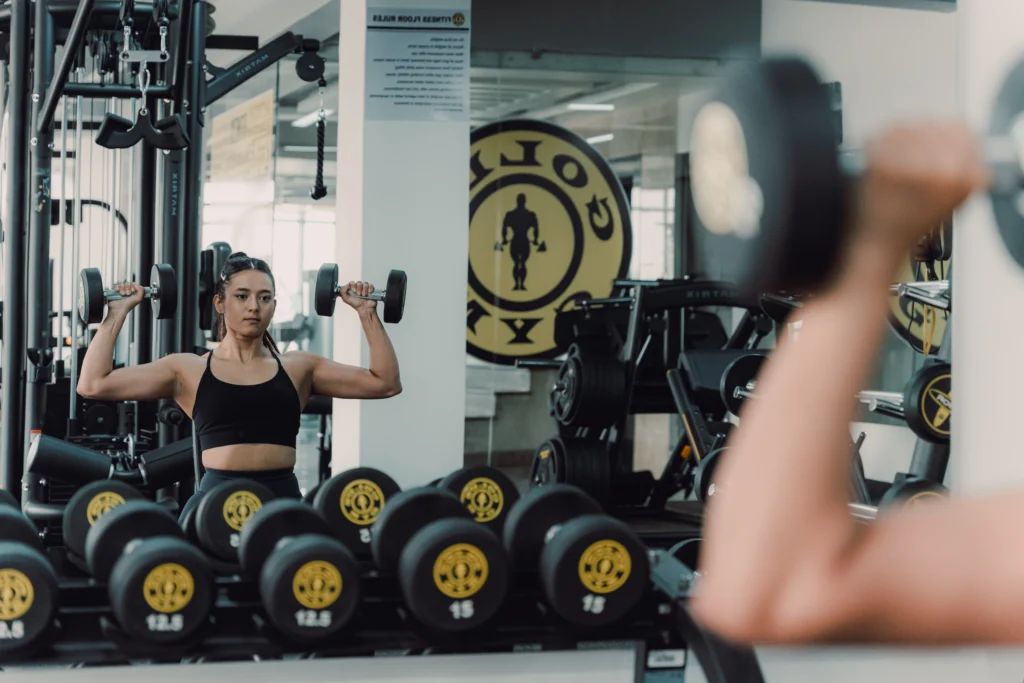
Key Benefits of Arm and Shoulder Workouts
Now that we know why these exercises are important, let’s dive into the specific benefits they provide:
Improved Posture
Poor posture can lead to long-term issues with your neck and back. By strengthening your shoulders, you support your spine better and reduce the chances of slumping or hunching over.
Shoulder exercises like the shoulder press and lateral raises help keep your back straight, improving posture and preventing discomfort.
Better Functional Fitness
Functional fitness refers to exercises that mimic everyday activities, making them easier and less taxing. For example, carrying a heavy box or lifting a child becomes much easier when you’ve built strength in your arms and shoulders.
These exercises help improve your functional fitness, making it easier to carry out normal tasks.
Muscle Growth and Toning
Let’s face it many people incorporate arm and shoulder exercises into their routines for aesthetic purposes.
If you’re looking to sculpt and define your arms, exercises like bicep curls and tricep dips will help build muscle and create a toned look. With consistent training, you’ll see noticeable improvements in muscle size and definition.
Effective Arm and Shoulder Exercises to Try
There are numerous exercises to target your arms and shoulders, but these top movements are effective and easy to incorporate into your routine.
Bicep Curls
The bicep curl is one of the most popular exercises for the arms, targeting the biceps at the front of your upper arm.
- Hold a dumbbell in each hand with your palms facing forward.
- Curl the weights toward your shoulders.
- Keep your elbows stationary and avoid swinging the weights.
Shoulder Press
The shoulder press is a great compound exercise for building shoulder strength.
- Hold a dumbbell or barbell at shoulder height.
- Press it overhead until your arms are fully extended.
- Lower the weights back down to shoulder height and repeat the motion.
This exercise also works your triceps and upper back.
Triceps Dips
Triceps dips are excellent for targeting the back of your upper arms.
- Use parallel bars or a sturdy bench to perform the exercise.
- Lower your body by bending your arms.
- Push yourself back up to the starting position.
This is one of the most effective exercises for toning and strengthening your triceps.
Lateral Raises
To target the outer part of your shoulders, lateral raises are a great option.
- Hold a dumbbell in each hand at your sides.
- Raise your arms to shoulder height while keeping your elbows slightly bent.
This exercise helps sculpt the deltoid muscles and contributes to overall shoulder strength.
Front Raises
Front raises focus on the front part of your shoulders.
- Hold a dumbbell in each hand with your arms hanging straight down.
- Raise the weights in front of you until your arms are parallel to the floor.
This movement targets the anterior deltoids and is fantastic for building shoulder strength.
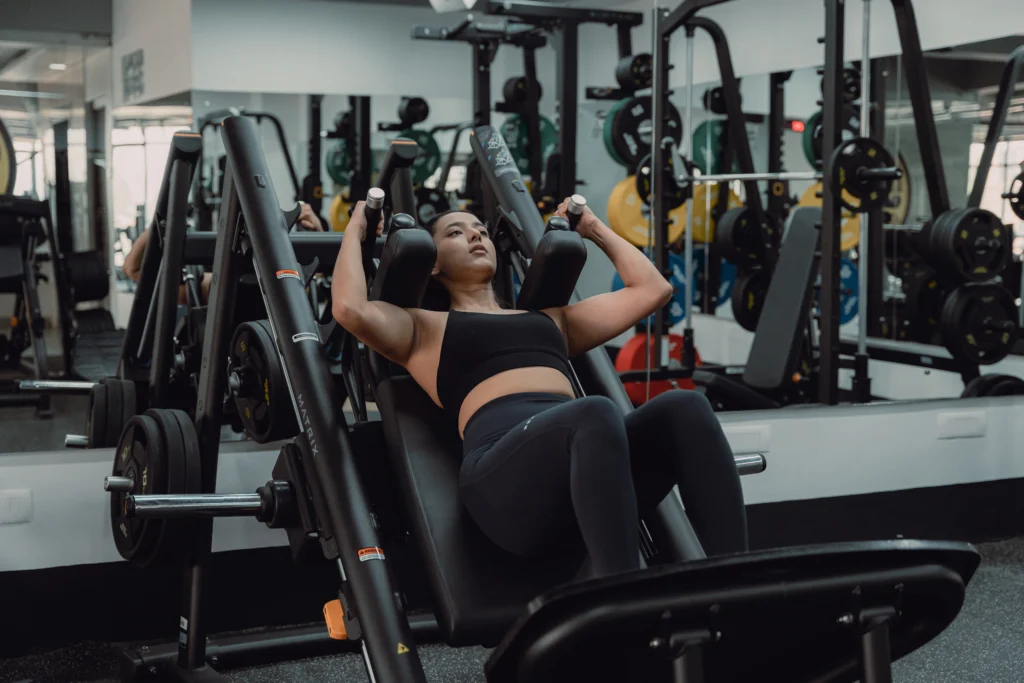
How to Build a Balanced Arm and Shoulder Workout
A successful arm and shoulder workout routine should combine a variety of exercises to work all the muscles in these areas.
Incorporating Compound and Isolation Movements
Mix compound movements (which work multiple muscle groups) with isolation exercises (which target specific muscles). For example:
- Shoulder presses (compound)
- Bicep curls (isolation)
This combination ensures you build strength and definition in all areas of your arms and shoulders.
Progressive Overload for Growth
For muscle growth, it’s important to gradually increase the weight or resistance in your workouts. This principle, known as progressive overload, challenges your muscles to grow stronger over time.
Start with a weight you can handle comfortably and slowly increase it as you become stronger.
Rest and Recovery
Muscles grow during recovery, not while you’re working out. Ensure that you allow at least 48 hours between arm and shoulder workouts to give your muscles time to repair and grow.
Incorporating rest days is just as important as the exercises themselves.
Tips for Proper Form and Technique
To avoid injury and maximize your results, it’s crucial to perform each exercise with proper form and technique.
Avoiding Common Mistakes
Some common mistakes people make during arm and shoulder exercises include swinging the weights, locking their elbows, and not engaging their core.
These mistakes can lead to ineffective workouts or even injury. Always focus on slow, controlled movements and proper posture to get the most out of your exercises.
Engaging Core for Stability
It’s easy to neglect your core during arm and shoulder exercises, but keeping your core engaged helps stabilize your body and protect your lower back.
When lifting weights or doing bodyweight exercises, tighten your core to maintain balance and prevent unnecessary strain.
Consistency is Key
Building strength and flexibility in your arms and shoulders requires consistency. Incorporate these exercises into your routine, gradually increase intensity, and focus on proper form.
Over time, you’ll see noticeable improvements in your muscle strength, posture, and overall fitness.
Frequency and Intensity
How Often Should You Train?
The frequency of your arm and shoulder workouts depends on your goals. For beginners, training 2-3 times a week may be sufficient. As you progress, you can increase the intensity and frequency of your workouts. Just remember that muscles need time to recover, so make sure to leave at least one rest day between workouts.
Gradually Increase Intensity
To avoid plateaus, gradually increase the weight or the number of repetitions you perform. This will challenge your muscles and help you make continuous progress. Always listen to your body—overtraining can lead to injury.
Listen to Your Body
While it’s important to push yourself, it’s equally important to listen to your body. If you’re feeling pain or discomfort, it’s time to stop and rest. Your muscles need time to recover in order to grow stronger.
Arm and Shoulder Workouts for Specific Goals
Strength Training
For strength training, focus on lower reps (around 4-6) and heavier weights. This will help you build raw strength without overtraining the muscles. Incorporating exercises like the overhead press, deadlifts, and bench presses will help you build substantial strength in your arms and shoulders.
Hypertrophy (Muscle Growth)
For muscle growth, aim for higher reps (around 8–12) with moderate weights. This approach helps stimulate muscle fibers to grow larger. Include exercises like dumbbell curls, lateral raises, and tricep dips for maximum hypertrophy.
Endurance
To build endurance, perform higher reps (15 or more) with lighter weights. This type of training helps improve muscular stamina, which is important for athletes or those looking to improve overall fitness.
Incorporating Arm and Shoulder Exercises into Your Routine
Full Body Workouts
Integrating arm and shoulder exercises into full-body workouts is a great way to enhance overall strength and functionality. You can combine these exercises with leg workouts, cardio exercise, and core exercises to build a balanced routine.
Combining with Cardio
Don’t forget the importance of cardio. While strength training builds muscle, cardio helps improve heart health and burn fat. A well-rounded fitness routine should include both cardio and strength exercises for optimal results.
The Path to Stronger Arms and Shoulders
Building strength in your arms and shoulders is not just about improving your physical appearance—it’s about improving your overall health, flexibility, and daily performance. At Gold’s Gym Nepal, we provide the guidance and resources you need to improve strength, mobility, and muscle tone. So, what are you waiting for? Grab those dumbbells, start your workout, and watch your arms and shoulders transform!
Want to Make Stronger Arms and Shoulders?
Join Gold’s Gym Nepal Today!!
FAQs
How often should I train my arms and shoulders?
Aim for 2-3 times a week, allowing rest between sessions to give your muscles time to recover.
Can I train arms and shoulders on the same day?
Yes! In fact, combining both can give your upper body a full workout, but make sure to balance the intensity.
What’s the best exercise for building shoulder mass?
The dumbbell shoulder press is one of the best exercises for targeting shoulder mass, along with lateral raises.
How do I avoid injury during shoulder exercises?
Focus on proper form, use manageable weights, and warm up before starting any intense workout.
Can arm exercises help with overall strength?
Absolutely! Strong arms and shoulders are crucial for overall strength, as they support many movements across your body.
